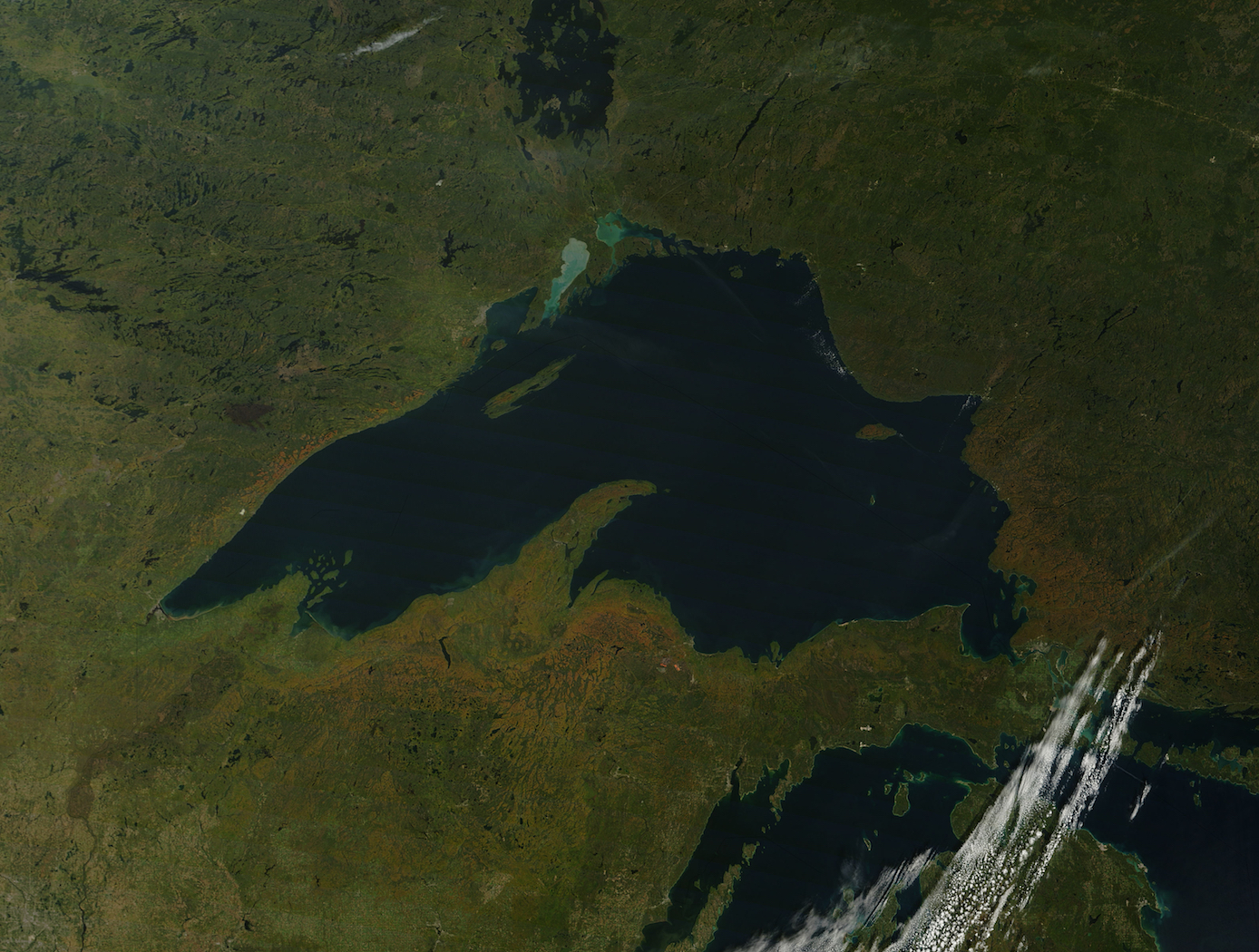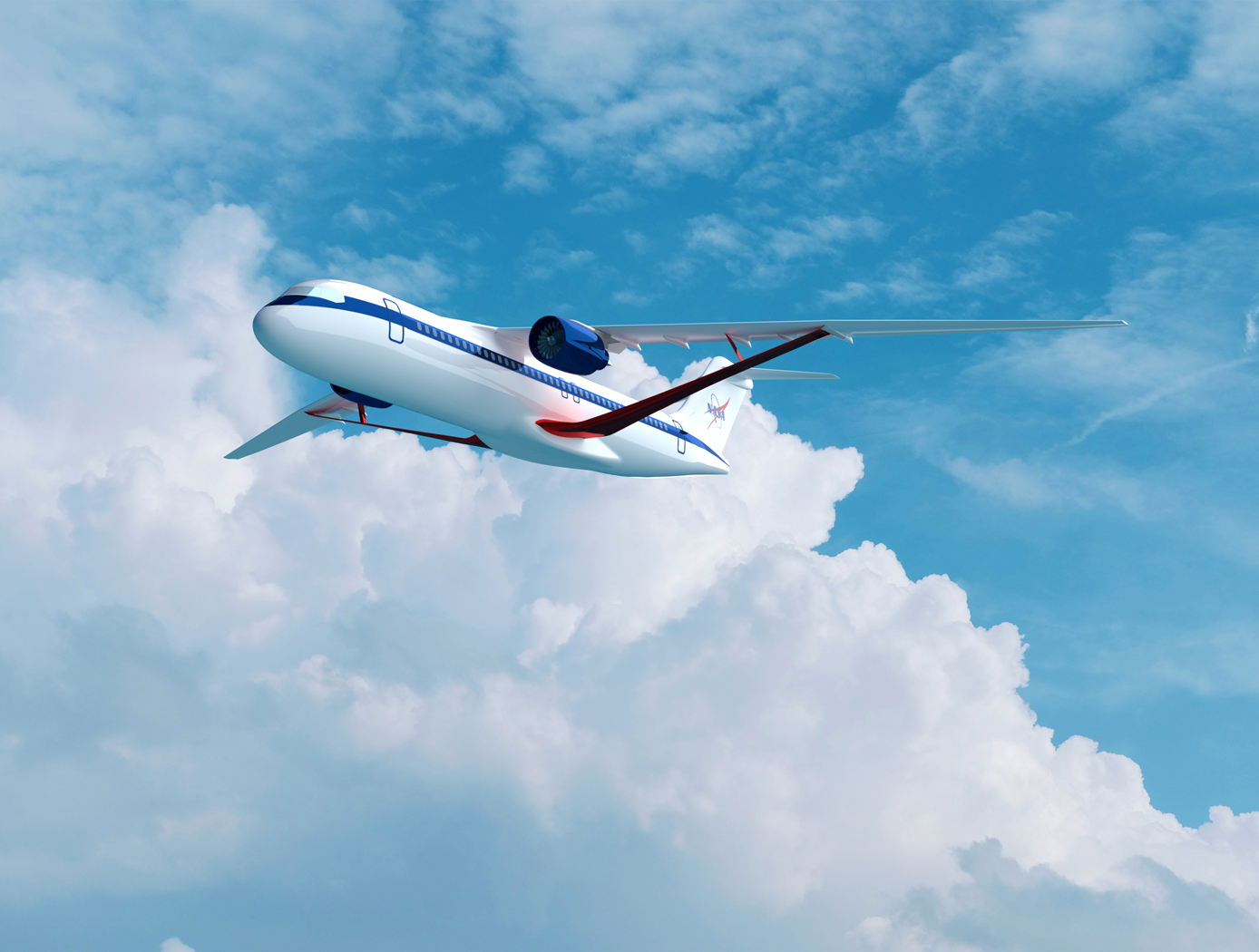Search
environment

Advanced Supercritical Water Oxidation Reactor
NASA's Supercritical Water Oxidation - Flame Piloted Vortex (SCWO-FPV) Reactor implements a unique design where heating is primarily supplied by the energetics of the waste stream through the control of a hydrothermal flame in the core of the reactor with the injection of fuel and oxidizer. Once the hydrothermal flame is initiated and stabilized, an outer-core "wash" stream, consisting primarily of water, is injected near the walls at the base of the reactor. This "wash" stream maintains subcritical conditions at the reactor walls, while also dissolving and/or flushing from the reactor any precipitate and non-soluble inorganic materials generated from the supercritical reactor core. Mixing between the core region and the outer subcritical flow region is largely eliminated due to the great differences in density and viscosity. The flow configuration is further stabilized by the generation of a vortex using internal structures on the inside of the reactor wall. An aspirator assembly is positioned at the top of the supercritical core region to extract treated water and un-extracted material is recirculated through the reactor. The rate and amount of aspiration will be determined by product monitoring and will depend on waste stream content and overall operating conditions. Key aspects of the technology have been demonstrated and a prototype reactor is under development.
aerospace

Methods for Predicting Transonic Flutter Using Simple Data Models
Transonic flutter is a pacing item in transport aircraft design in that it is crucial to characterize this phenomenon for each aircraft to prevent catastrophic failure. Aerodynamic study of flows around airfoils is a canonical problem that entails both experimental and computational approaches. While the transonic flutter prediction can be more accurate with high-fidelity Computational Fluid Dynamics (CFD) methods than with unsteady potential flow methods, the computational cost is high. Therefore, computationally efficient methods for transonic flutter prediction continue to be of high interest to the aircraft design community. NASA Ames has developed a novel method that eliminates the need for expensive calculations of aerodynamics of wing flutter, which typically takes tens of hours on a supercomputer. Such calculations are now replaced by machine-learning-based closed form solutions that provide the solution almost instantaneously. The technology presents a new approach to predict the flow around pitching NACA00 series airfoils. NACA airfoils are generally symmetric, and thus they do not possess camber. However, the invention can readily extend to wings with camber. This novel data modeling approach is orders of magnitude faster than the traditional CFD approach of predicting aerodynamic effects of transonic pitching airfoils. The data model is based on a subset of unsteady CFD simulations that train the model. The trained model then resolves the pitching airfoil in time for any other set on the order of a second, as compared with a complete CFD simulation that typically takes 30 hours on a supercomputer. The data model is demonstrated in this invention for transonic flow corresponding to Mach number of 0.755 over pitching NACA00 series airfoils for a reduced frequency range typical of flutter, i.e., k lies in the range 0.02 - 0.25.



